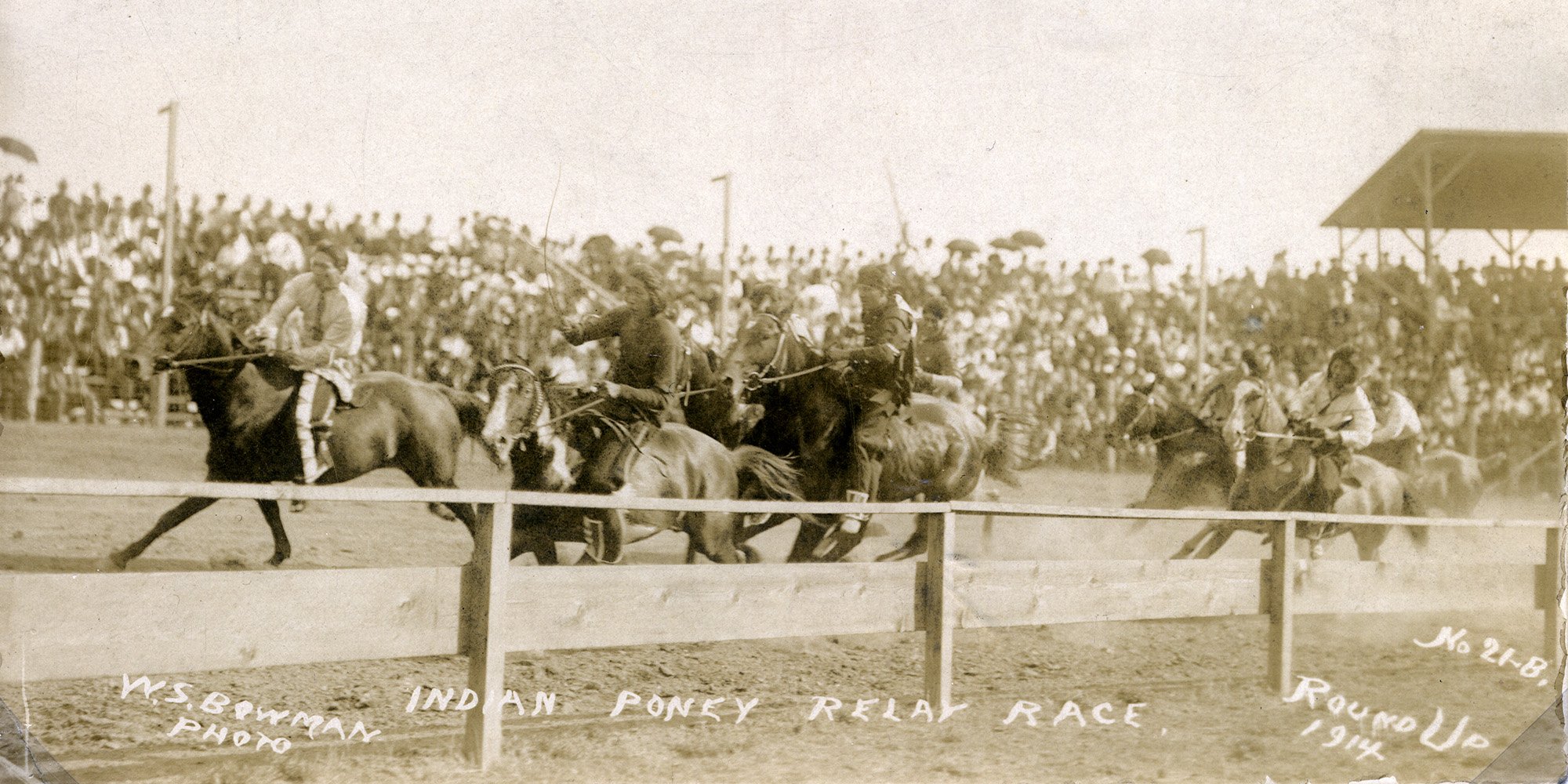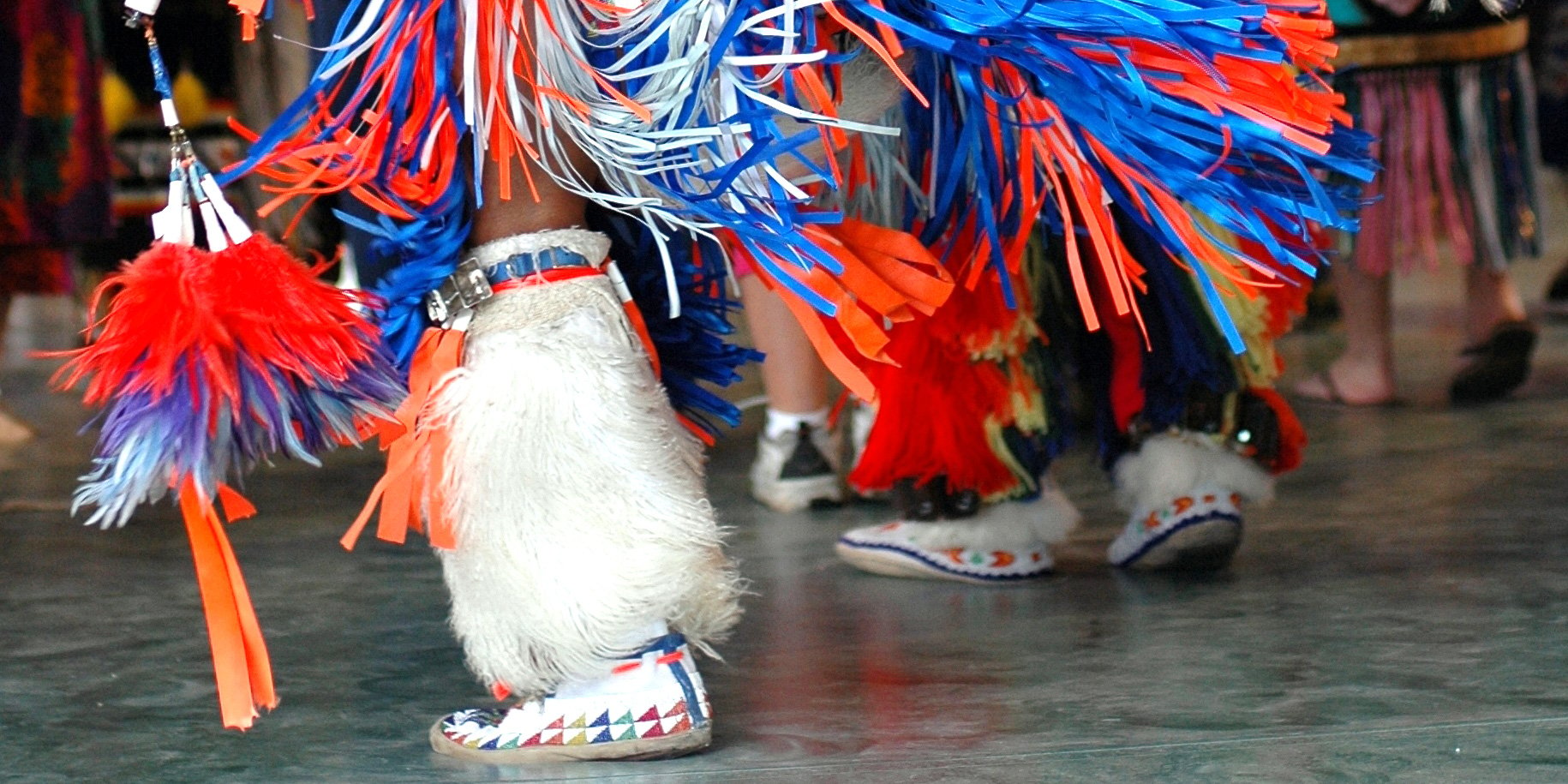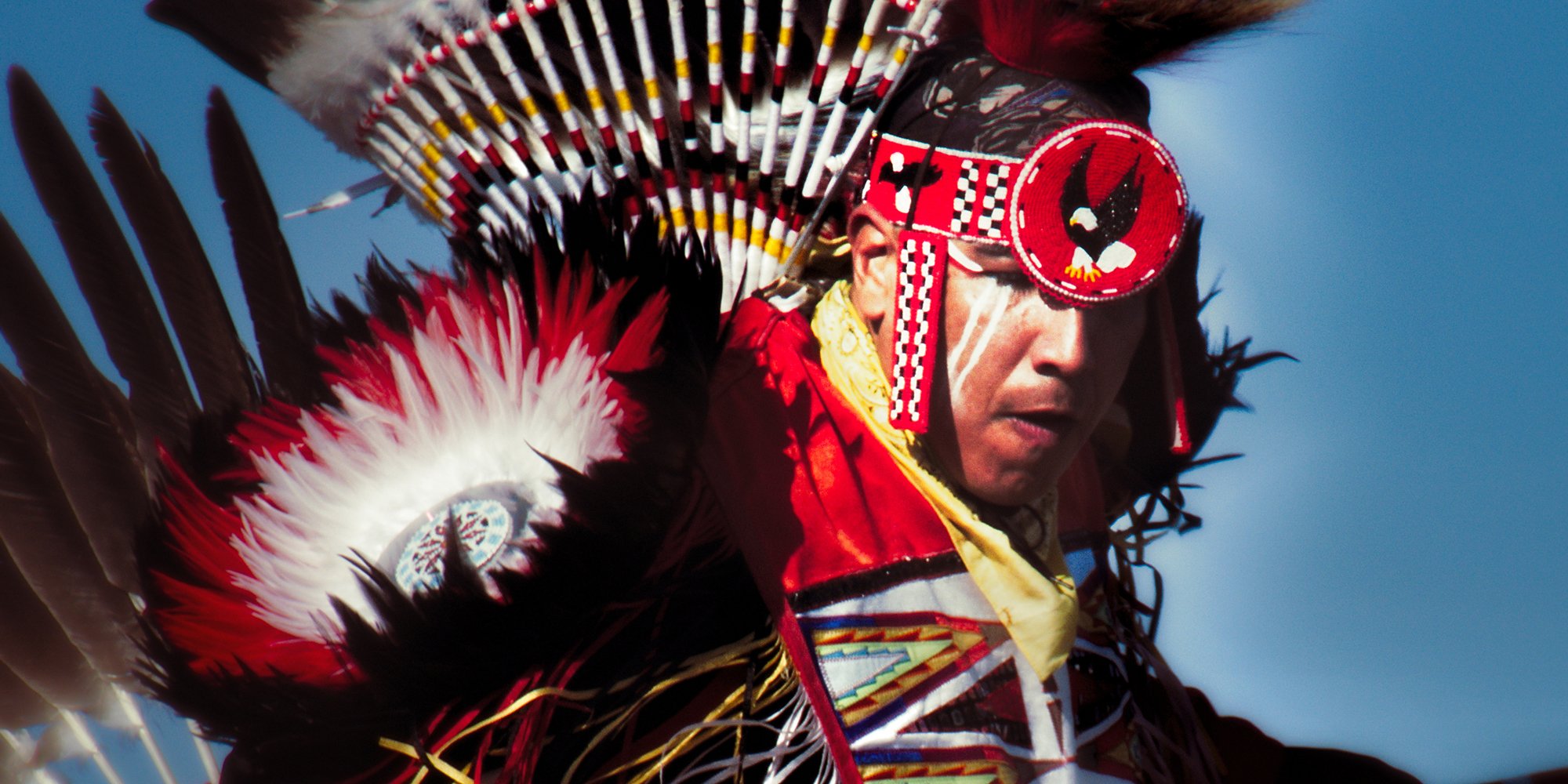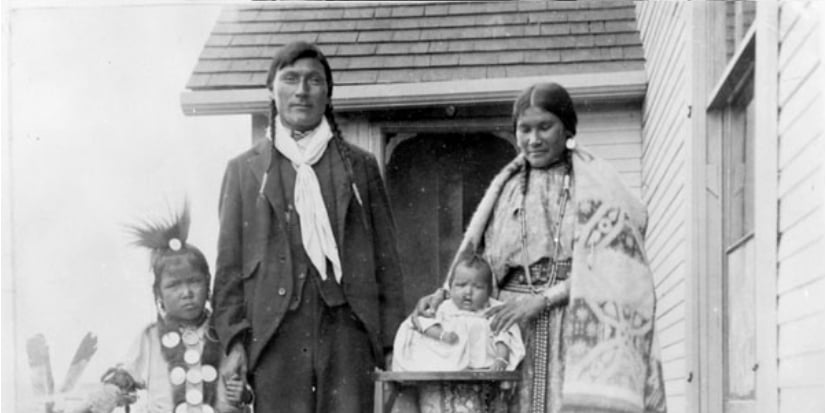National Indigenous History Month - Why It’s Important
June is National Indigenous History Month - a time for all Canadians - Indigenous, non-Indigenous and newcomers - to reflect upon and learn the...

Agility, strength, balance, reflexes, hand-eye coordination, accuracy, strategy, intuition, and patience. These are skills Indigenous hunters and fishermen relied on to feed their communities. And those skills were learned at an early age through games and maintained throughout adulthood through play.
Indigenous Peoples, prior to colonization, led full, rich, balanced lives. Their lives were not, as often depicted in history books, an endless round of day-to-day struggle for survival. Generally, there was plenty of time for reinforcing, adapting and growing their cultures and recreational activities such as working on protocols, songs, dances, storytelling, carving, weaving, making drums and rattles, visiting, and playing games. Some cultures, for example on the northwest coast, did this for months and months in potlatches.
Geoclimatic regions influenced the types of games. Games in the Arctic developed the mental and physical strength necessary to survive in a harsh climate with extended periods of darkness. Great physical strength is required to harvest large sea mammals so games involved feats of strength, endurance, balance, focus, reflexes, flexibility, and patience. During the long, dark winter months games kept children busy physically and mentally and kept adults in top physical form.
Traditional Indigenous games taught valuable skills but also combined mental and physical well-being. Run and Scream is a great example. Children would line up, take a big breath, and start running fast while screaming until they ran out of breath. The spot where they had to draw their next breath was marked. With each turn, they tried to better their own distance and pass the marks of others. To an outside observer, it would look like a bunch of kids having fun running and screaming. But, in reality, it was a bunch of kids having fun running while building muscles, increasing the lung capacity necessary for fitness and to hold the long notes in songs, burning off extra energy, and releasing any stress.
Line tag, traditionally a Blackfoot game, involved children holding hands in a line and the person at the front of the line had to tag the person at the end of the line without the line breaking. A simple game that developed hand strength, balance, cooperation, and speed.
Métis children learned to follow directions by playing a map game:
A distinctly Métis game, the map game, helped develop children’s ability to give and follow directions and promoted interaction between boys and girls. One of two teams hid while the captain drew a map for the opposing team, detailing the position of the hidden children. The map could be made very confusing but had to be legible. The opposing team would have to find the hidden children using this map. Once all the children were found, the opposing team hid and the captain drew a map. At each turn, the captain changed to allow every child an opportunity to draw a map. [1]
The Mi'kmaq dice-and-bowl game Waltes, which blends chance with strategy also teaches counting skills. This ancient game is believed to pre-date the arrival of Europeans in Atlantic Canada and was immensely popular. But, due to the influence of first the Christian missionaries and then the residential schools, the game stopped being played. It is, however, enjoying a resurgence of interest.
Typically, the games involve a minimum of equipment and simple rules. Others, such as the hand game Lahal, are complicated and can involve significant wagering, traditionally for fish, cedar hats and other items of value, although today money is more frequently used.
Lahal (Bone Game) is believed to have its roots in western Canada but versions of it are played by many Indigenous cultures. Games were shared between communities and adapted as desired. Lahal is played by all ages, by all genders, can be played by a few or by hundreds, it can end quickly or last hours. It’s a game that develops observational skills and perception. It also develops the ability to concentrate as singing and drumming are used by the teams to distract their opponents and break their concentration. It’s a complicated game to describe effectively so here’s a video that captures the complexity, the strategies, and the community involvement:
A traditional sport that’s enjoying a revival is the “Indian Relay Race” which is a bareback relay race. Fast-paced doesn’t begin to describe it. The riders pretty much dismount at a full gallop at the horse exchange so you have horses galloping in, riders dismounting and leaping onto fresh horses and blasting off down the track. It has been described as the oldest extreme sport in North America.
Did you know lacrosse originated as an Indigenous game called Stickball?
The Native American games were seen as major events, which took place over several days. They were played over huge open areas between villages and the goals, which might be trees or other natural features, were anything from 500 yards to several miles apart. Any number of players were involved. Some estimates have mentioned between 100 and 100,000 players participating in a game at any one time. The rules were very simple, the ball was not to be touched by a player’s hand and there were no boundaries. The ball was tossed into the air to indicate the start of the game and players raced to be the first to catch it. [2]
Some of the traditional games, or versions of them, are still played today and there are programs, such as the Arctic Sports & Dene Games, that continue the tradition of Indigenous Games.
If you'd like to learn more about the history and culture of Indigenous Peoples in Canada, the Working Effectively With Indigenous Peoples® course is a great starting point.
[1] Todd Paquin, Darren R.Préfontaine and Patrick Young, Traditional Métis Socialization and Entertainment
[2] Origin & History – Federation of International Lacrosse
Featured photo: Indian pony relay race, Pendleton Round-Up, 1914. OSU Special Collections & Archives Research Center, Oregon State University.

June is National Indigenous History Month - a time for all Canadians - Indigenous, non-Indigenous and newcomers - to reflect upon and learn the...

Indigenous awareness is a broad term – I know because my onsite and public workshops are dedicated to helping people understand the full extent of...

A widely held belief about Indigenous Peoples is that they were primitive cultures living in primitive conditions at the time of the arrival of...